Learn How Automated Water Sampling Saves Cities & Businesses Hundreds of Hours Each Year…
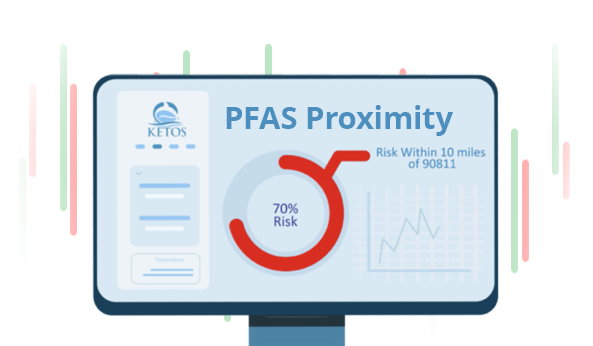
PFAS Exposure In the USA
WEBINAR: Operational Value of Water Quality Intelligence in Agriculture
Oct 23, 2024 at 11:00 AM EST
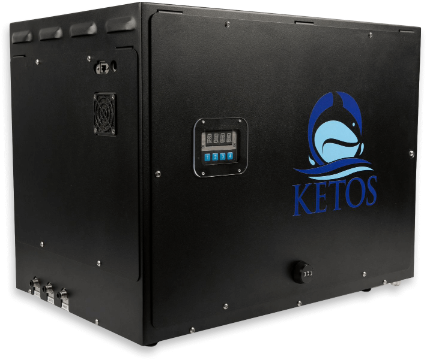
Monitor for parameter spikes for faster reaction times and increased control.
Automate your testing cadence. Test more, more often for pennies on the dollar.
Choose from 30+ parameters and customize testing that makes sense for your site and use case.
On-site testing and automation translate into lower lab and labor costs (and more control over water quality).
Understand your water and existing infrastructure to save on maintenance costs, catch water trends, and react proactively.
Better manage water resources for increased opportunities to treat and/or recycle water - leading to less waste and more efficient operations.

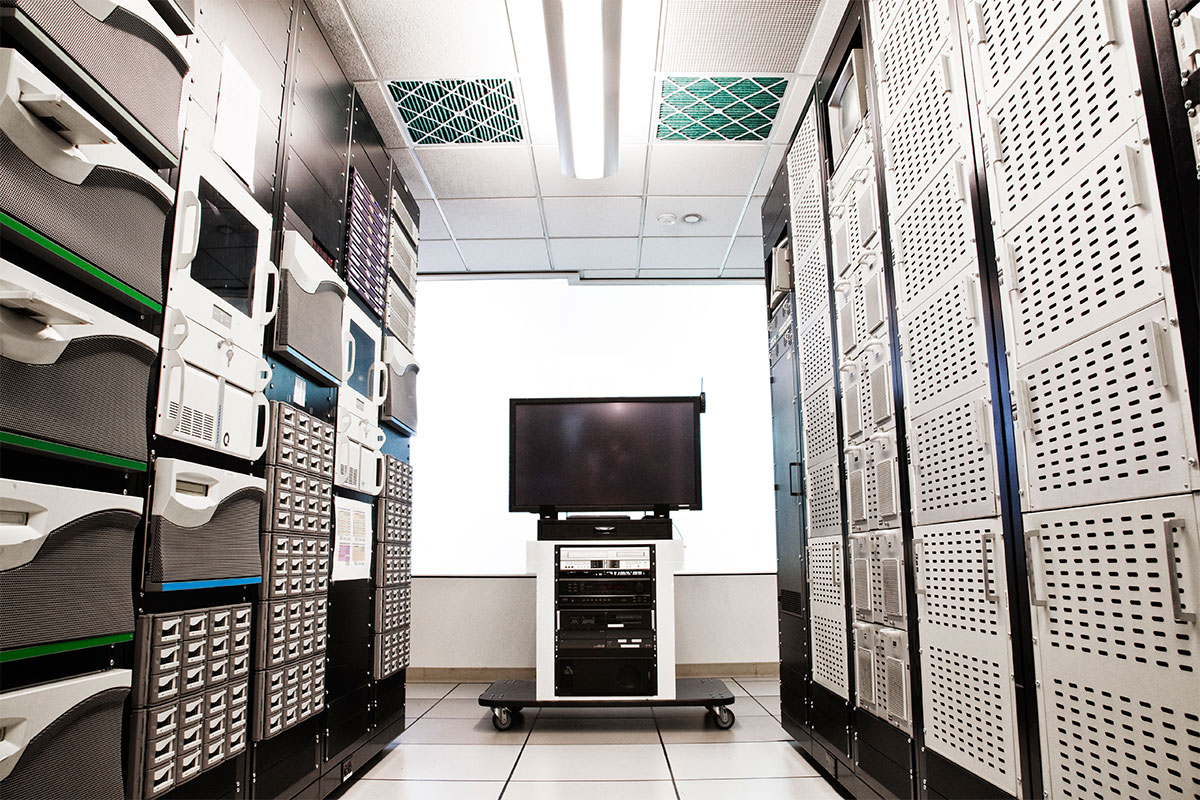
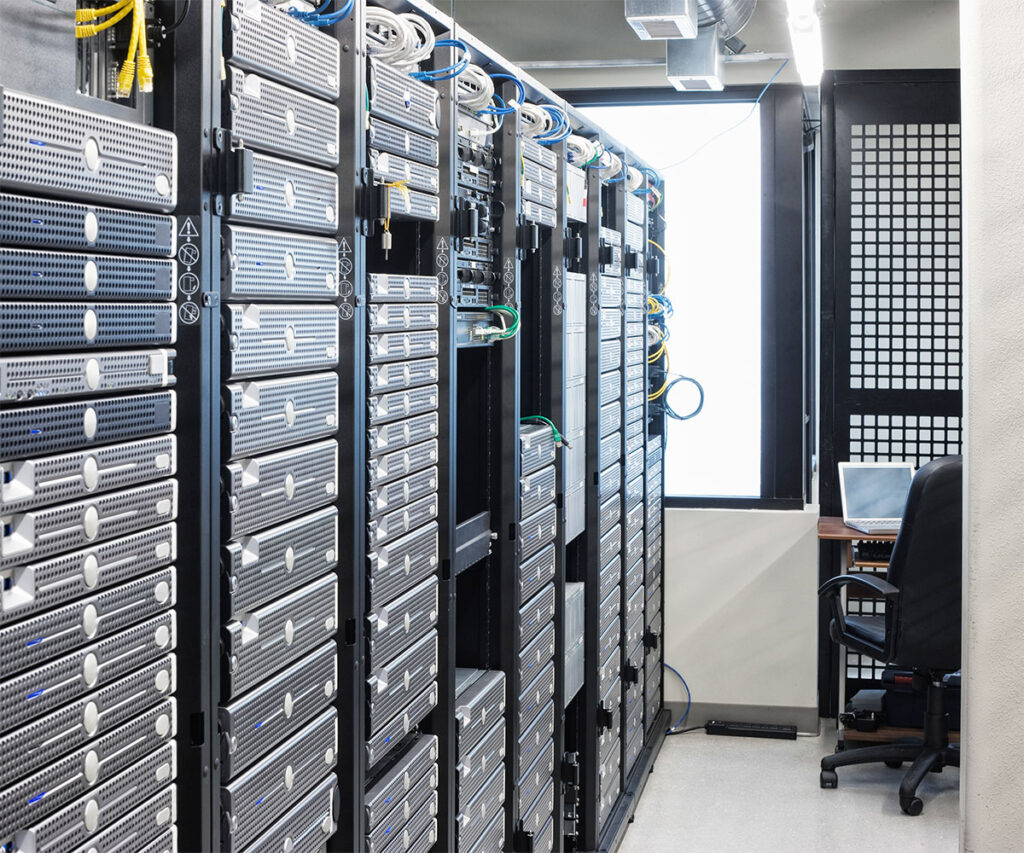
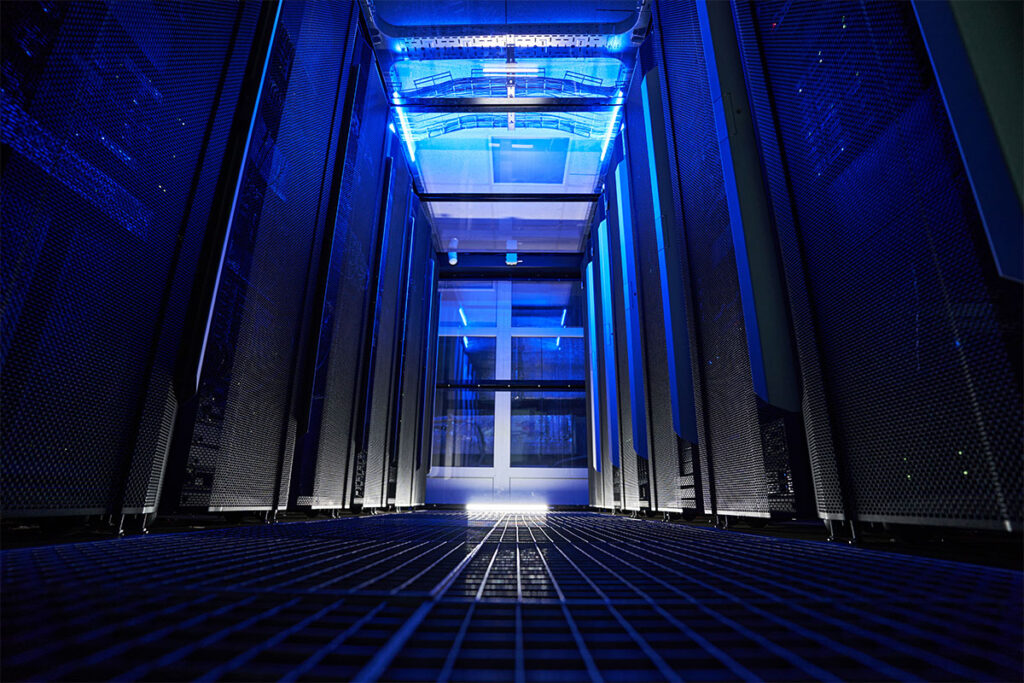
Monitoring water quality in the context of data center discharge is essential due to the facilities’ environmental, regulatory, and operational implications. For example, data centers often use water for cooling. If they simply discharge heated water back into natural water bodies, disrupting aquatic ecosystems by altering oxygen levels and temperatures. Some data centers may also use chemicals for water treatment, which can end up in discharge, affecting water quality downstream. Governments and environmental agencies like the EPA in the US impose strict limits on water discharge to ensure that it meets quality standards for temperature, pH, and chemical content. Monitoring ensures compliance with these regulations to avoid fines or shutdowns.
But beyond that, tech companies have a responsibility to all stakeholders, and many multinational organizations in this sector are striving to align with sustainability initiatives, such as net-zero water use or minimizing environmental footprints. Monitoring discharge is critical to achieving and demonstrating these goals. By protecting water quality and minimizing water usage and waste, these organizations, and their data centers, can protect their reputations.
There’s more: data centers often release their water back into public water systems, and local utilities will need to prepare themselves for a potential influx of wastewater from data centers. While data centers can do their best to monitor and treat water, utilities are the last line of defence between wastewater and the surrounding communities and ecosystems. They have their own compliance mandates and local/statewide/federal water quality standards that must be protected.
By having a system in place that can monitor the influx, automate the process, and place less strain on budgets and labor, utilities can do more to protect water quality while spending less time and money.
4.7 Avg. Data Center Customer Rating
"*" indicates required fields
Subscribe to our newsletter to stay updated with the latest water insights.
"*" indicates required fields
Copyright © All rights reserved.
Website & Graphic Design by MediumInteractive.com